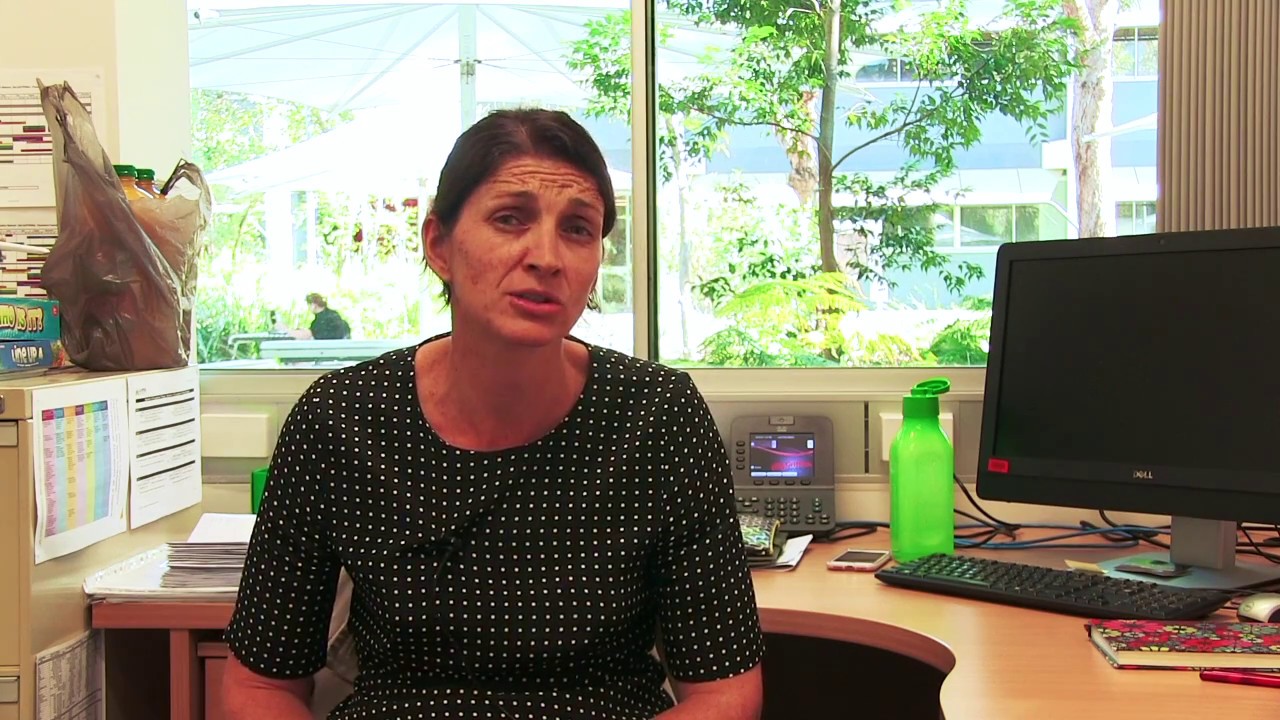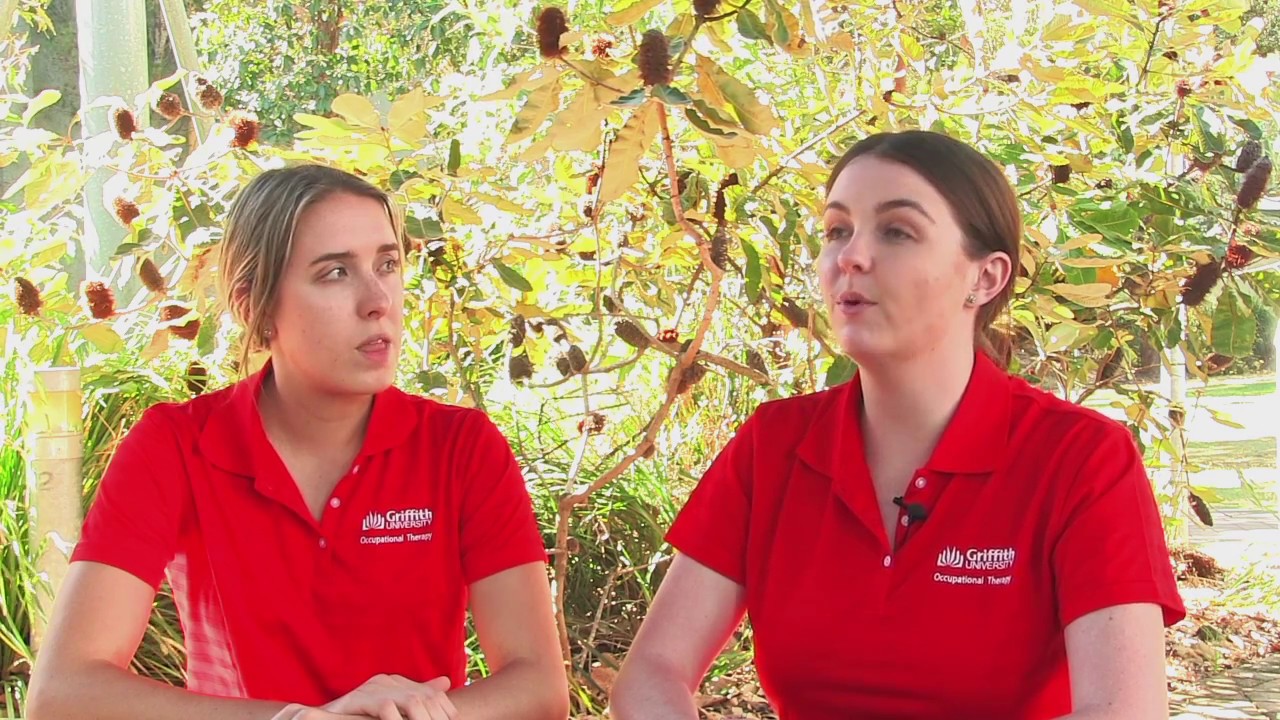Collaborative Placements
Benefits of the Collaborative Student Placement Model
Clinical Educator Benefits:
- The therapist can significantly reduce their case-load, and act as a resource for students who take on the responsibility of the caseload, monitored by the clinical educator (Fisher & Savin-Baden, 2002).
- “I can divide my entire caseload (33.3%) amongst 3 students with the collaborative model, however you can not give your entire caseload to a single student, if using the apprenticeship model. When using the apprenticeship model, as a supervisor you are still doing 70% clinical work as well as trying to spend extra time with a student”. S. Bartholomai, OT clinical educator, collaborative placement model (personal communication, May,31, 2007)
- Students are monitored by other allied health staff too. Feedback can be gained from the different perspectives and contexts of other staff regarding the student’s performance.
- “The clinical educator tends to provide more distant supervision with this model, as the students tend to approach you mostly for clinical support, whilst personal support is gained through their peers” (S. Bartholomai, personal communication, May 31,2007)
Student benefits:
- Fosters more autonomy, use of initiative and ownership of the learning experience.
- Student becomes responsible for managing their own caseload (5-6 patients) each week.
- Promotes team-work and requires students to work together, for example on a group student project
- Prepares students for the future by encouraging them to become proactive in planning, articulating concerns, communicating and working alongside inter- disciplinary staff e.g. conducting joint occupational therapy/physiotherapy or speech language pathology assessment and treatment sessions.
- Because the supervisor is not always available with this model, students are prompted to liaise and collaborate more with interdisciplinary staff regarding client issues, plans and progress.
- Provides opportunity for peer-learning and support. For instance, through group supervision sessions; access to co-students and past student documentation styles and standards.
- Student develops a greater sense of confidence and equality among staff, as they are not the only student among experts and there is “safety in numbers”
- “Studentslikethelevelofautonomytheyassumeusingthis[collaborative] model” (S.Bartholomai, personal communication, May 31, 2007).
Potential Challenges to the Collaborative Student Placement Model:
- As the model requires the student to be self-initiating this model may be challenging for the student with poor motivation or poor background theoretical knowledge.
- May be challenging for the student when there is marked incompatibility between the students’ working and learning styles or personalities. However, this prepares them for working in the real world and challenges them to develop team-working skills.
- Limited space for students in the workplace could inhibit student comfort and cause contention with staff
- Potential for competitiveness between students
- For clinical educators working in a busy acute hospital setting or as sole therapists in multi-disciplinary teams this model may be perceived to create an increase in workload initially, particularly in the possibility of one student requiring more time or support However, with appropriate if not additional supports and resources from the university, this model can successfully be practiced in such settings.
- (S. Bartholomai, personal communication May 31,2007; Fisher & Savin-Baden, 2002).
Simone Bartholomai is an occupational therapy clinical educator, using the collaborative placement model at Ipswich Hospital.
References: Fisher, A & Savin-Baden, M (2002). Modernising fieldwork, part 2: Realising the new agenda. British Journal of Occupational Therapy. June 2002. 65(6): 275-282.
Collaborative Placement Videos
 Would I Recommend a Collaborative Placement?
Would I Recommend a Collaborative Placement?
Melanie Roberts offers her unique and insightful perspective on collaborative placements, and why therapists and their services should consider giving it a go.
 Benefits of Collaborative Placements
Benefits of Collaborative Placements
Melanie Roberts from Griffith University discusses some of the key benefits for both practice educators and services from taking OT students on collaborative placements. Melanie has extensive experience in supporting and facilitating collaborative placements.
 Collaborative Placement – Student Perspective
Collaborative Placement – Student Perspective
Grace and Samantha from Griffith University discuss their student fieldwork experience and learnings from a recent collaborative placement. Their insights shed light on the unique opportunities afforded by this placement model.
